Side Oats Grama Grass (Bouteloua Curtipendula) – 1 Gallon Pot
$32.97 Original price was: $32.97.$23.08Current price is: $23.08.
SKU: D2LSC 9843673660 Categories: NATIVE PLANTS, PLANTS & TREES
- Shop with ease, buy with confidence.
- Safe and Secure Payments, Always
- Prompt service, every time.
- Fast, friendly, always here to help.

Side Oats Grama Grass
Bouteloua curtipendula
Other Common Names: Sideoats Grass, Sideoats Grama, Sideoats Gramagrass, Side-oats Grama Grass
Plant Details
USDA Plant Hardiness Zones: 3a-9b Find Your Zone
Plant Type: Ornamental Grass
Height at Maturity: 26-36″
Width at Maturity: 18-30″
Spacing: 2′ for mass plantings, 6’+ for space between plants
Spacing: 2′ for mass plantings, 6’+ for space between plants
Growth Habit / Form: Upright Arching Clump
Growth Rate: Moderate to Fast
Flower Color: Purplish brown seeds
Flower Size: .5 to .75″ seeds in fans
Flowering Period: Seeds are present in Summer
Flower Type: Seeds
Fragrant Flowers: No
Foliage Color: Bright green leaves turn coppery color after frost and then light brown
Fragrant Foliage: No
Berries: No
Berry Color: na
Sun Needs: Full to Mostly Sun
Water Needs: Average to Low
Soil Type: Clay, Loam, Sandy (amended), Silty
Soil Moisture / Drainage: Well-Drained Moist, Dry
Soil pH: 5.0 – 7.5
Maintenance / Care: Low
Attracts: Visual Attention, Birds
Resistances: Air Pollution, Deer, Disease, Drought, Heat, Humidity, Insect, Erosion, Black Walnut, Dry Soil
Description
A North American native grass, Side Oats Grama is a rarity among ornamental grasses in that it sports actual flowers when in bloom. Inflorescences of purplish-tinged flowers appear on arching stems above the foliage in early to mid summer. These bracts hang uniformly from one side of the stem while brilliant red-orange anthers dangle below and delicate white stigmas protrude above. These inflorescences fade to tan as the seeds mature having a distinctly oat-like appearance when dry. The narrow, bluish-gray leaf blades form a dense clump growing 18 inches tall with flowers rising to 3 feet. Fall bring golden foliage that sometimes develops interesting hues of orange and red. An excellent texture plant that anyone can grow!
Wildlife Assets
Side Oats Grama Grass it is cited as a food source or larval host for at least five types of skipper moths. It also feeds many bird species throughout the winter months and provides nesting material.
Landscape & Garden Uses
Growing 2 to 3 feet tall with a spread of 1 to 2 feet wide, Side Oats Grama Grass is ideal for use as an accent in smaller garden spaces or in groupings or mass plantings in larger spaces and on slopes where it provides excellent contrast and texture almost year-round. Oddly enough, Side Oats Grama Grass can also be grown as a lawn that can be mown regularly to a height of 2 to 4 inches tall. A fine addition to ornamental grass gardens, native plant gardens, bird and wildlife gardens, prairie gardens and cottage gardens.
Suggested Spacing: 2 to 3 feet apart for mass plantings; 5 feet or more apart for space between plants
How To Measure for Total Square Feet
How Many Plants to Fill a Planting Area
Growing Preferences
Side Oats Grama Grass are exceptionally easy to grow in most any type of soil from sandy to heavy clay. It prefers a moist but well-drained soil of average fertility but is also tolerant of dry soils. We suggest at least 6 hours of direct sunlight per day for best overall performance. We usually leave the foliage and the seeds in place during the winter to provide food for birds, winter interest in the landscape, and to protect the crowns. We cut plants back to the ground in late winter or early spring before new growth begins to emerge from the ground. We’ve seen absolutely no problems with insects or disease.
Note: Find helpful advice from our experts under the Planting & Care tab above on desktop computer screens or below on mobile devices.
Plant Long & Prosper!
Meet The Wilson Brothers & Staff
Questions? Contact Us!
Be the first to review “Side Oats Grama Grass (Bouteloua Curtipendula) – 1 Gallon Pot” Cancel reply
Related products
Sale!
FRUIT TREES & PLANTS
Sale!
FRAGRANT PLANTS
Sale!
FRUIT TREES & PLANTS
Sale!
PLANTS & TREES
Sale!
PLANTS & TREES
Sale!
PLANTS & TREES
Sale!
PLANTS & TREES
Sale!
PLANTS & TREES




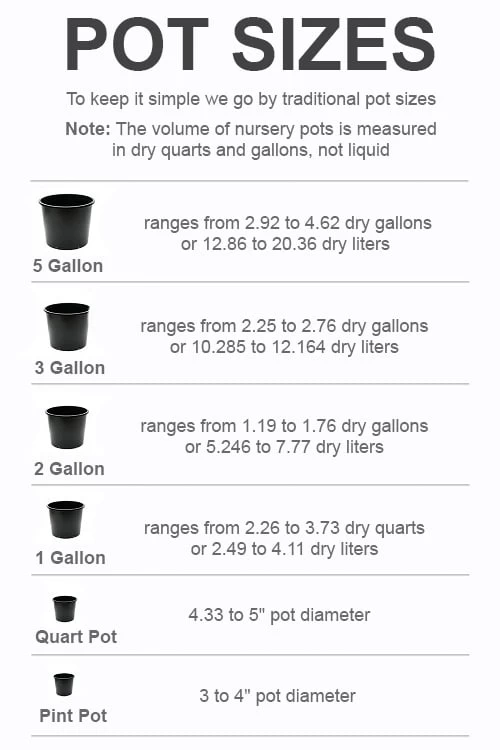

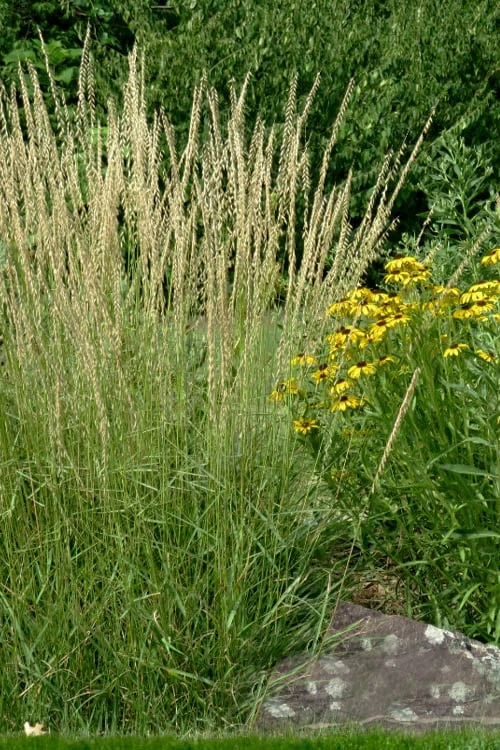


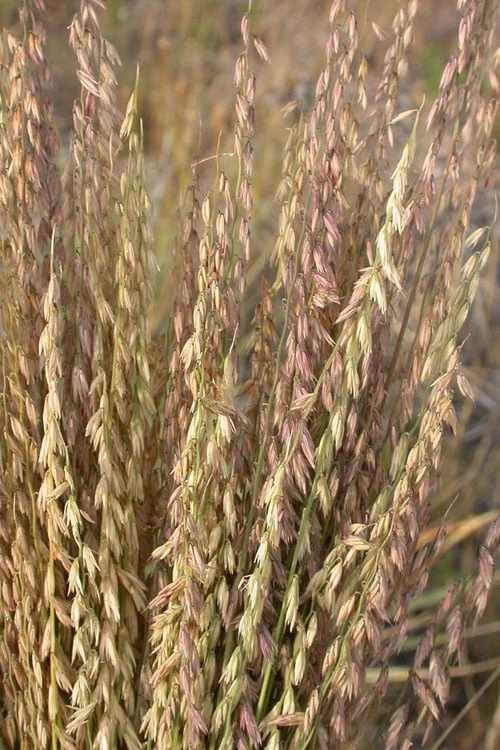






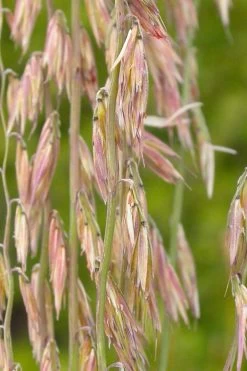
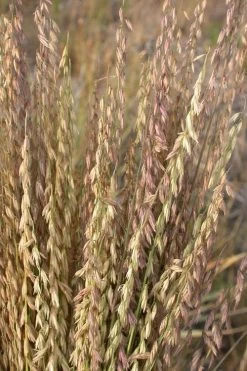
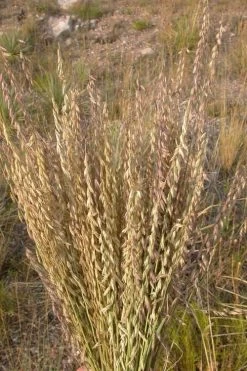
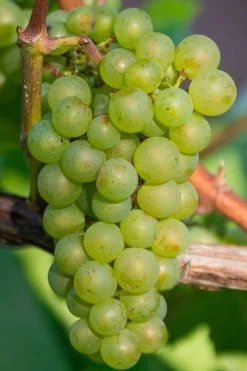
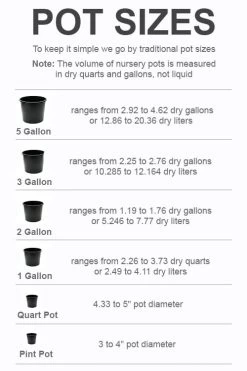
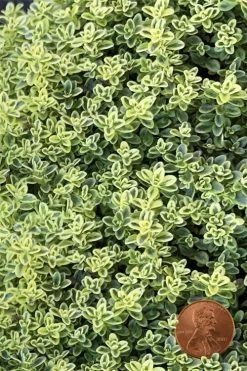
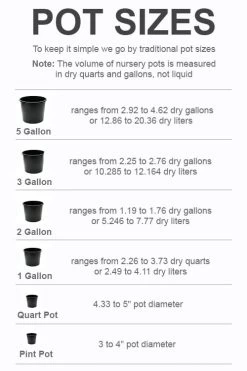


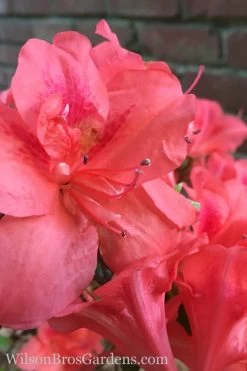
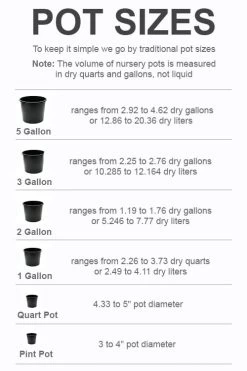
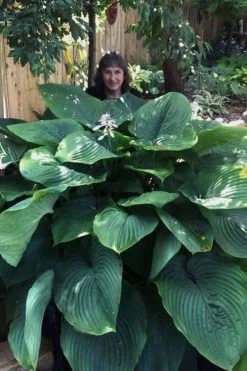

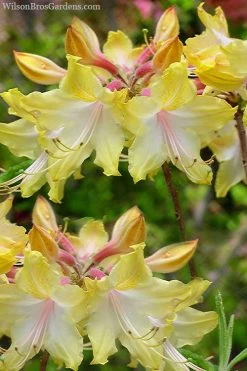

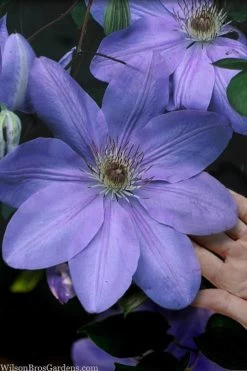

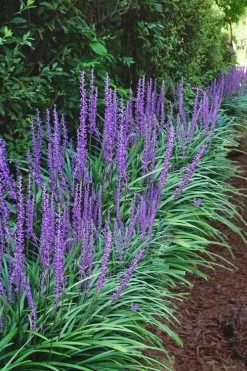
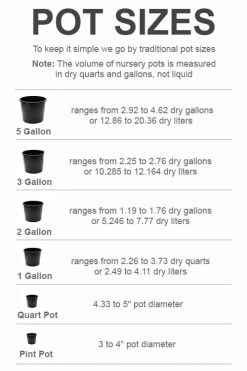
Reviews
There are no reviews yet.